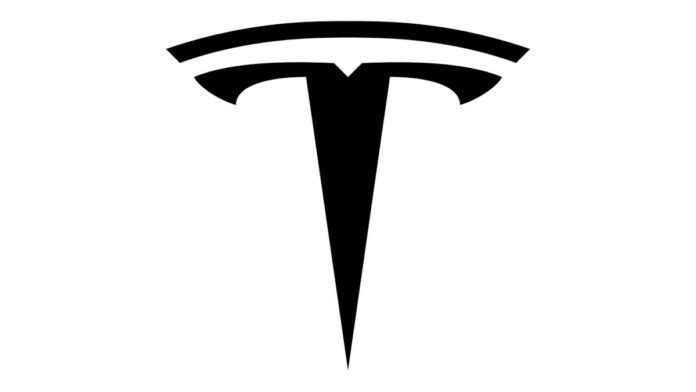Tesla’s Dynamic Pricing Strategy Shakes Up the Auto Industry
Tesla, known for its innovation not just in technology but also in its business practices, has recently made headlines again with another series of price cuts across its range of electric vehicles (EVs) and its highly-touted Full Self-Driving (FSD) software. This move is sparking discussions and stirring up the auto industry, reflecting Tesla’s unconventional approach to car sales and pricing strategies.
Understanding Tesla’s Price Adjustments
In a recent development, Tesla reduced the prices of the Model S, X, and Y by $2,000. This came on the heels of a significant cut to the monthly subscription fee for its FSD software, slashing it by half earlier in the month. Additionally, the outright purchase price of the FSD option was also reduced. Such frequent price changes are not just numbers; they are strategic moves that have broader implications for Tesla’s market positioning and consumer perception.
Tesla’s pricing strategy appears more volatile when contrasted with the traditional dealership model, where price changes occur with less visibility. Elon Musk, Tesla’s CEO, argues that Tesla’s direct-to-consumer sales model provides greater pricing transparency compared to the traditional dealership system, where the manufacturer’s suggested retail price (MSRP) often differs significantly from the actual transaction price.

The Impact of Frequent Price Changes
This high frequency of price adjustments can be perplexing and even frustrating for consumers and investors. The fluctuating prices lead to confusion about the best time to purchase a Tesla vehicle or invest in its advanced FSD technology. Potential buyers may hesitate, wondering whether to buy now or wait for a possible future price reduction, potentially delaying their purchase decisions.
Critics like Omar from Whole Mars Blog have openly criticized Tesla’s pricing strategy as incoherent. In a vivid expression of his frustration, Omar suggested that even random inputs (“a monkey throw[ing] shit at a keyboard”) might produce a more coherent strategy than what Tesla has displayed. This sentiment reflects the broader confusion and frustration that can arise from Tesla’s unpredictable pricing strategy.
Tesla’s Strategy: Volume Over Margins
Despite the criticisms, there is a method to what may seem like pricing madness. Last year, Musk emphasized that Tesla aims to increase the volume of vehicles sold, accepting lower margins now in anticipation of higher future profits derived from software and services like FSD. This approach indicates a strategic shift towards leveraging high sales volumes to build a large base of vehicles capable of using Tesla’s proprietary technology, which is expected to become a significant profit generator as the technology matures and gains wider acceptance.
During Tesla’s Q1 2023 earnings call, Musk articulated this strategy, explaining that prioritizing volume over margin in the short term would lay the groundwork for future financial benefits as the company advances its autonomous driving technology. This long-term vision is crucial to understanding why Tesla might be willing to accept fluctuating and even lower vehicle prices currently.
Future Implications for Tesla and the Auto Industry
Tesla’s aggressive pricing strategy might be setting a precedent in the auto industry, challenging traditional business models and setting new standards for consumer expectations around pricing transparency and flexibility. Other automakers might feel compelled to adopt more transparent or dynamic pricing models as consumers become accustomed to the flexibility offered by Tesla’s approach.
Moreover, Tesla’s focus on integrating high-value software into its vehicles as a future revenue stream could redefine what it means to own a car. Rather than just purchasing a mode of transportation, consumers might increasingly view vehicle acquisition as buying into an ecosystem of services that offer ongoing value, such as autonomous driving capabilities.
Conclusion: Tesla’s Pioneering but Perplexing Strategy
Tesla’s pricing strategy is undeniably pioneering, reflecting its status as a disruptor in the automotive industry. However, the approach is not without its challenges, particularly in how it is perceived by consumers and investors who may struggle with its unpredictability. Despite these challenges, Tesla’s strategy of prioritizing volume over margin and focusing on future software revenue potential could very well redefine automotive industry standards in ways that are yet to be fully realized.
As we watch Tesla navigate these changes, it becomes clear that the company is not just selling cars; it’s attempting to revolutionize how automotive businesses operate and how consumers interact with their vehicles. Whether this strategy will lead to long-term success remains to be seen, but one thing is certain: the automotive industry is not going to remain the same.




































